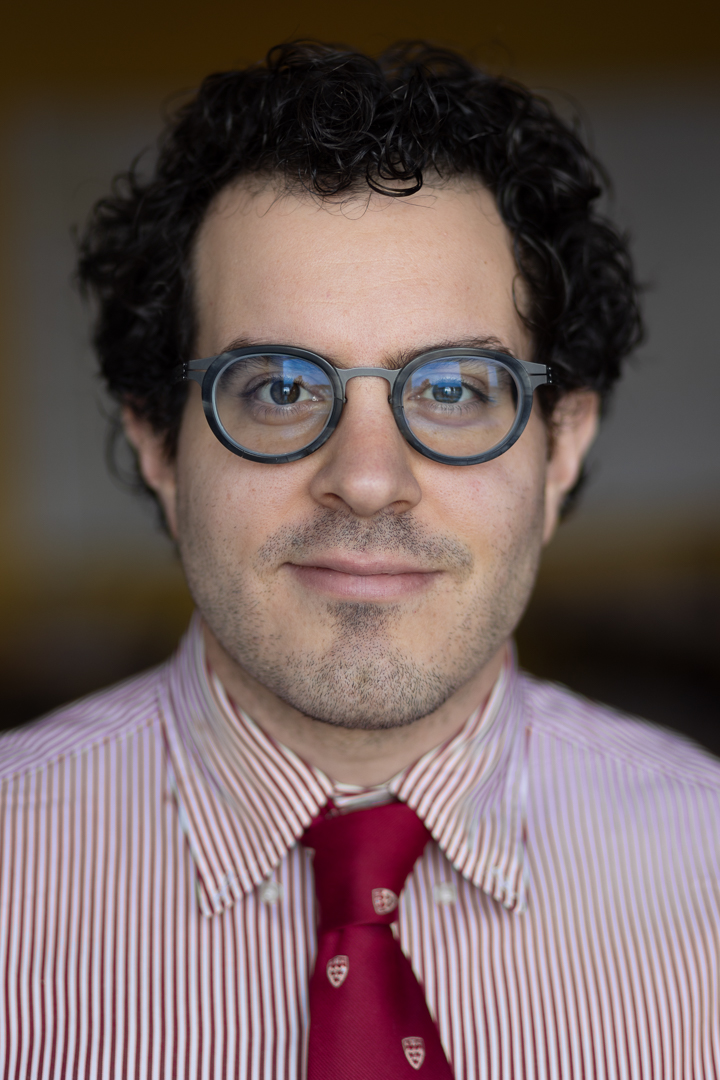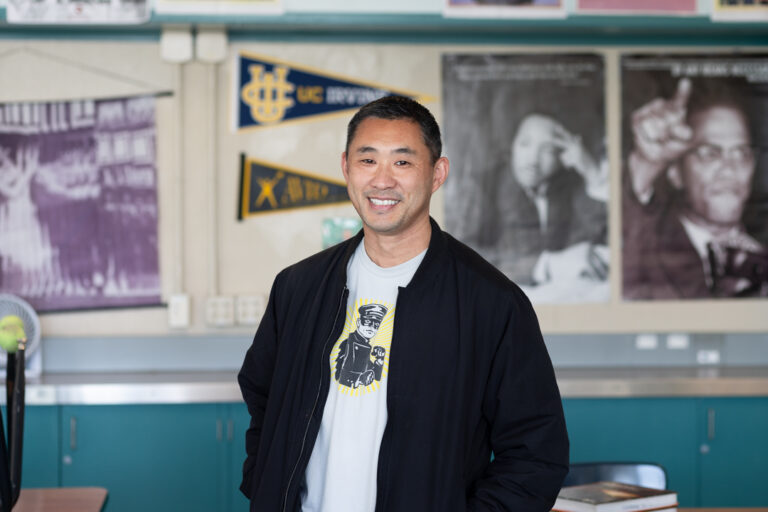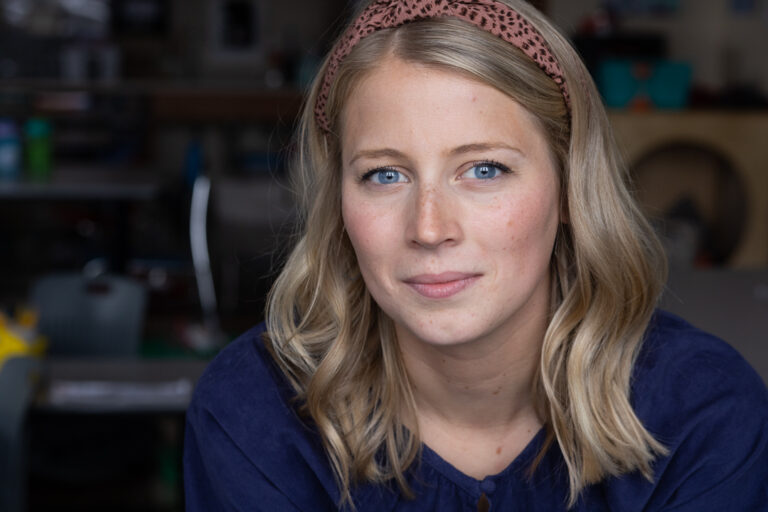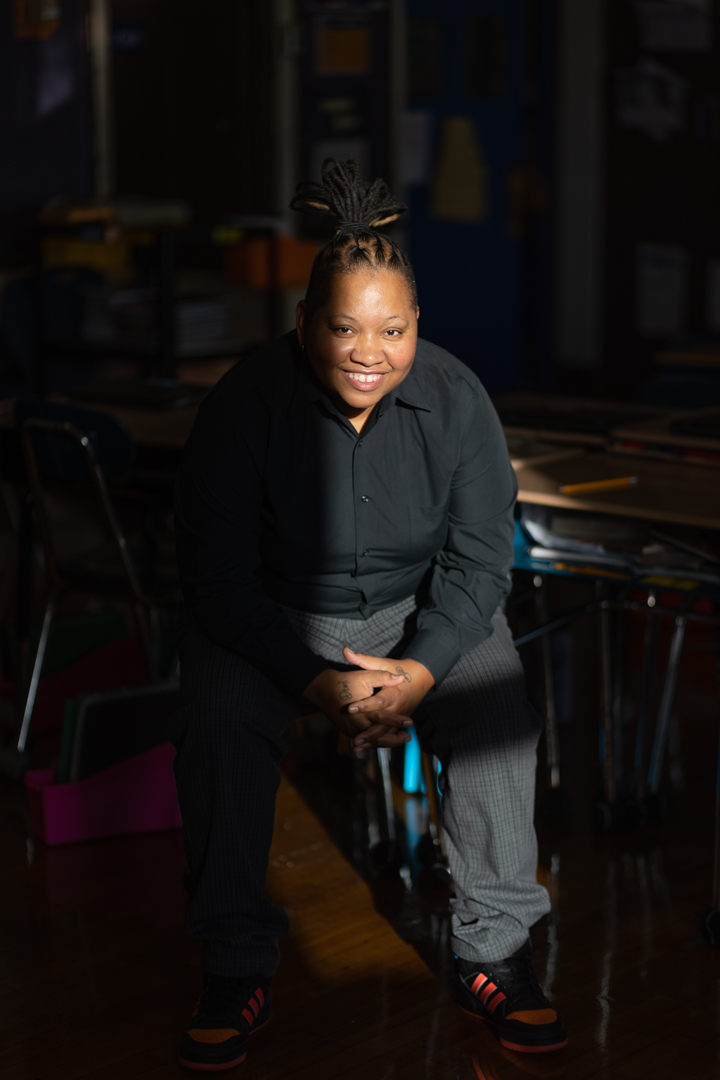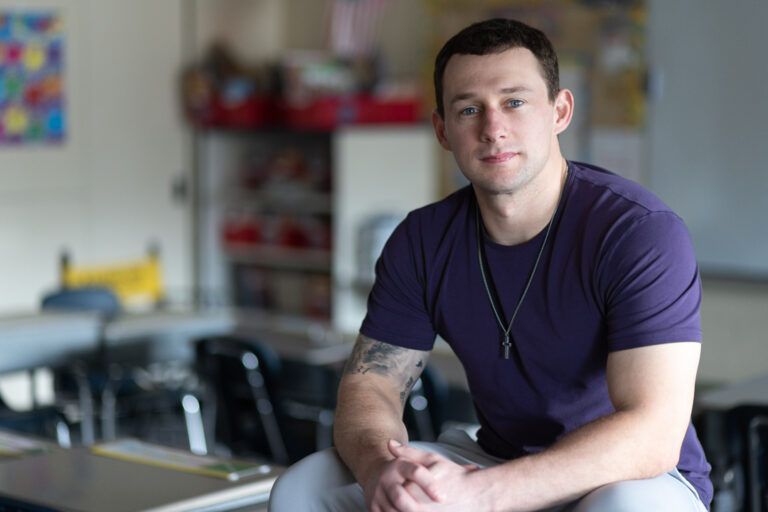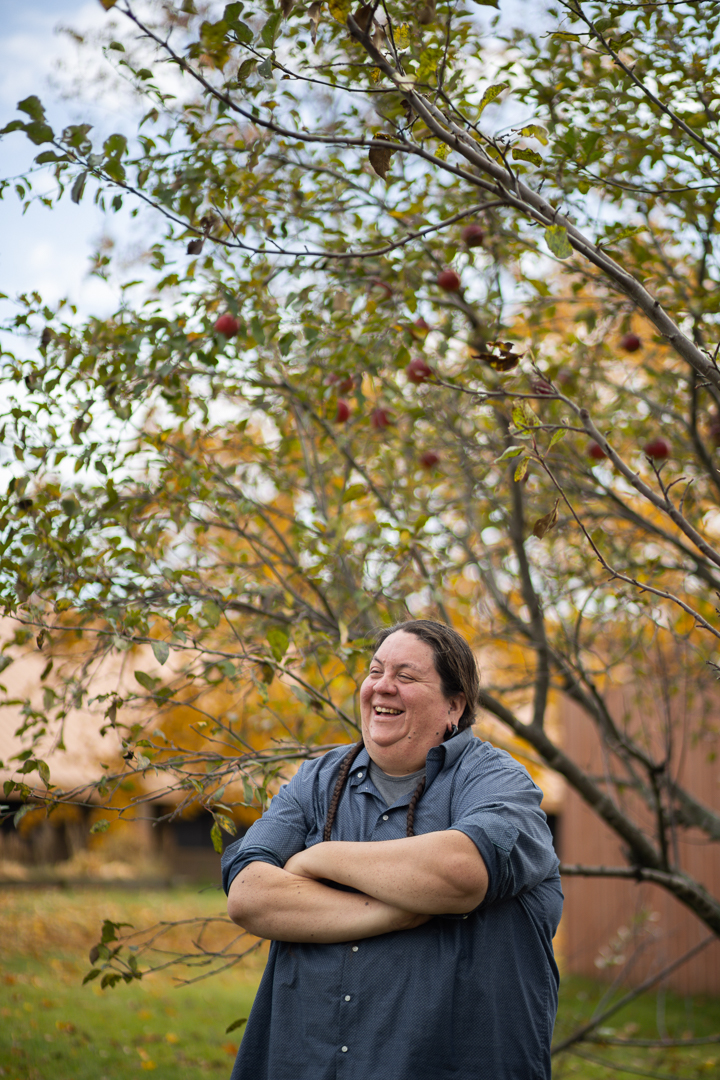In this section, you’ll find teacher stories, interviews, and videos related to the hierarchy of needs in education.
Maslow’s hierarchy of needs is a theory that explains the different levels of human needs and how they relate to motivation and growth. In education, this hierarchy helps us understand how students’ basic needs must be met before they can fully engage in the learning process.
- Physiological needs: At the bottom of the hierarchy are the most basic needs necessary for survival, such as food, water, and sleep.
- Safety needs: Includes physical and emotional safety.
- Love and belonging needs: Includes positive relationships and a sense of community within school.
- Esteem needs: This level refers to the need for recognition and a sense of achievement. Students need opportunities to develop their self-confidence and feel proud of their accomplishments.
- Self-actualization needs: This is the highest level of the hierarchy, representing students’ desire to achieve personal growth and find their purpose.
When students’ basic needs are met, they are more likely to engage in the educational process and develop their full potential.
I grew up in New Jersey. I was born in Brooklyn, and my parents own a pizzeria in Manhattan. I spent a considerable chunk of my teenage years helping out at the pizzeria. I was a terrible student in high…
I grew up in San Francisco. My dad was a lawyer. I was told in school that I was good at debating and arguing with people, and I decided that's what I was gonna be: a lawyer. So for the…
I just love that she had that moment of feeling like a kid, and not feeling like she's carrying anything... And hopefully she remembers that forever, 'cause I will.
She told me that every single day, me making that effort to go talk to her was what kept her from harming herself. I just think about that kid. What if I hadn't — what if I was so concerned with the content that I did not make the extra effort to make sure that she was okay?
One of the differences between learning from an AI program and learning with a teacher in a dialectical manner is that you don't have that empathy, connection, dialogue.All of our kids have so much potential and deserve for someone to have high expectations of them and to help them improve and grow, whatever that means for them.
My connection with a student was able to save her life.I was her Business teacher. And there was a point where she was always in class, always participating. She was actually one of my best students. But during the course of the first year I had her, she started missing class.
I was pretty close with my brother. He ended up going to jail when I was in fourth grade. We were having morning meeting at school, and the question that day was, ‘How are you feeling?’
I was working at The Bridge Home at St. Mary's Women and Children's Center. It’s a shelter for infants to 12-year-olds. If the Department of Child and Family Services pulled a kid from their home, we housed and counseled them.
The bulk of my fifth graders are just excited to see me. They want to talk to you in their downtime. They want to sit by you at lunch, and they want you to come to recess with them. That feeling is the driving force that made me become a teacher.
I was full-on ready to be a full-time artist. And then I was invited to be a teacher at a summer institute in Denver, through the Native American Youth Outreach Program. I think it was seeing those kids connect to our traditional arts — part of our cultural inheritance that they had little exposure to before. It was seeing kids connect to our indigenous ways that changed me.
